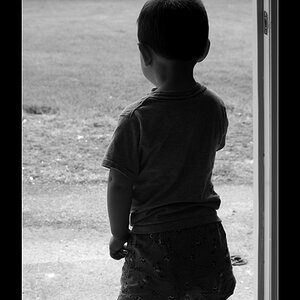shortpballer
TPF Noob!
- Joined
- Aug 1, 2009
- Messages
- 664
- Reaction score
- 12
- Location
- San Diego
- Website
- www.dossantoslemone.com
- Can others edit my Photos
- Photos NOT OK to edit
I am looking into getting a softbox for softer portrait lighting. I was thinking of getting the lastolite ezybox (Lastolite | Hot Shoe EZYBOX Softbox Kit - | LL LS2462M2 | B&H)
I was going to get the ezybox due to the fact that it works right away and can just take it with me where ever I go. Considering that I look shooting outside I figured this was the best bet. Do you guys have any other recommendations? Was also looking into a Beauty Dish as well. Not looking to spend much more than the softbox. Let me know what you guys recommend. Oh yea forgot to mention this would be used with vivitar speedlites.
Thanks,
Eric
I was going to get the ezybox due to the fact that it works right away and can just take it with me where ever I go. Considering that I look shooting outside I figured this was the best bet. Do you guys have any other recommendations? Was also looking into a Beauty Dish as well. Not looking to spend much more than the softbox. Let me know what you guys recommend. Oh yea forgot to mention this would be used with vivitar speedlites.
Thanks,
Eric


![[No title]](/data/xfmg/thumbnail/39/39498-362f11d9bfd0d9e222faa85b38801745.jpg?1619739056)

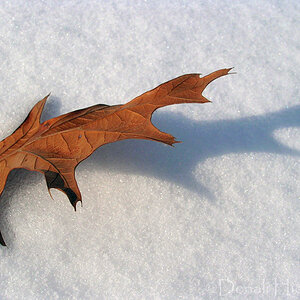
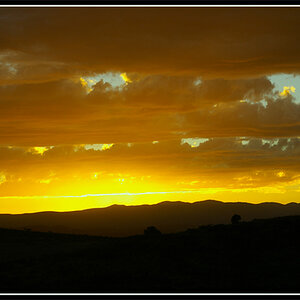
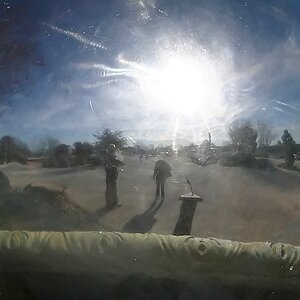
![[No title]](/data/xfmg/thumbnail/42/42060-f597479f8fd78d4bb4d17e7686fb0812.jpg?1619739996)
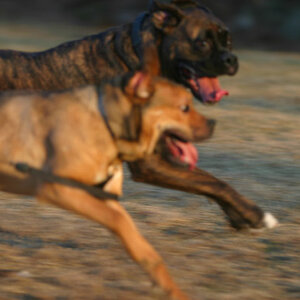
![[No title]](/data/xfmg/thumbnail/36/36658-525087f40e1bdbfe8b995ce4296ef4a6.jpg?1619737675)
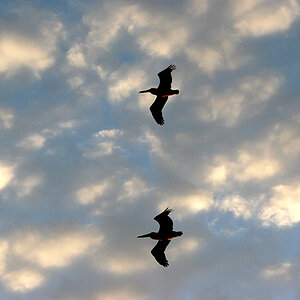
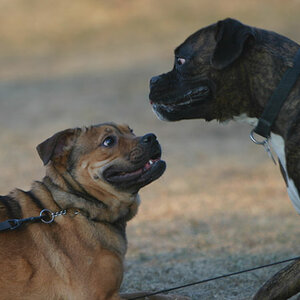
![[No title]](/data/xfmg/thumbnail/36/36659-4b8fd1b317df0e73ccfe5775494a6f5a.jpg?1619737675)
